Visiting a bird sanctuary for photographing birds is like graduating to the next level for an amateur birder, if I may call myself the one! As one of the best bird sanctuaries in India Bharatpur Bird Sanctuary was on my radar for a long. So when an opportunity came my way to visit Bharatpur during winters, I could not refuse. So one fine winter afternoon I landed at a resort at Bharatpur after my visit to Agra which was just walking distance from the entrance of the Park.
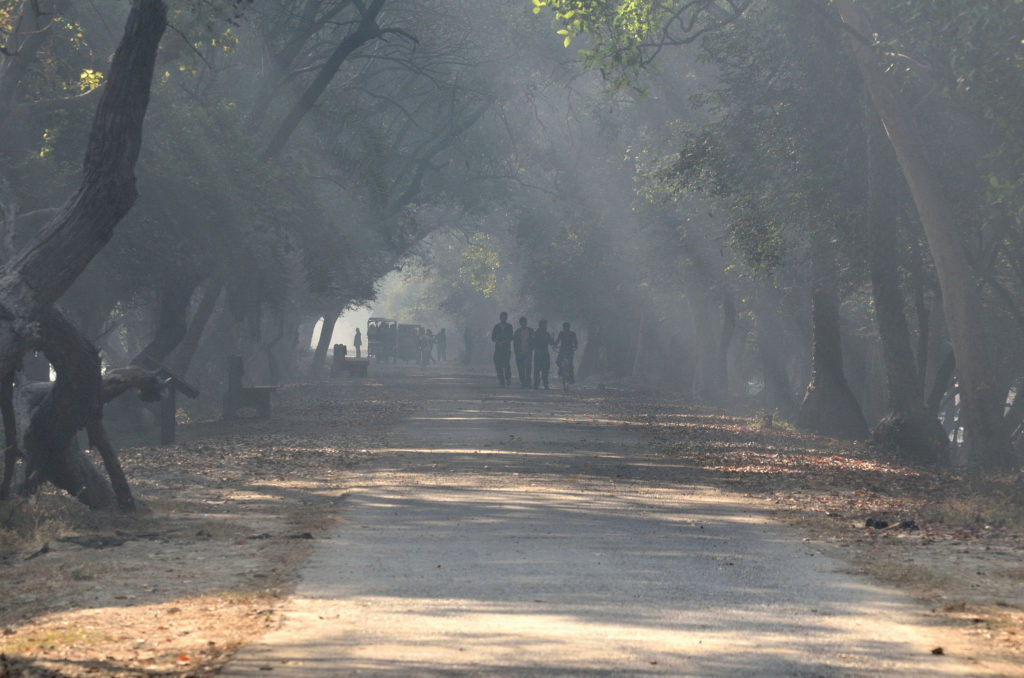
Keoladeo Ghana National Park or Bharatpur Bird Sanctuary is situated in Bharatpur, in the state of Rajasthan and is also designated by UNESCO a World Heritage Site. Every year it plays host to thousands of migratory birds, including water birds from faraway places, some even from places as far as Siberia. These borderless creatures are graciously welcomed by their Indian counterparts and they share all the resources present in the sanctuary. It is like a big feast every winter, an event to be witnessed to be believed. I wish we, the human race, could also be like them! Well, with the onset of winters every year these migratory birds start arriving here to escape the harsh winters of their native lands, to mate and breed here. By the end of winter, these birds go back to their native land with younger ones to come again. The cycle repeats itself every year.
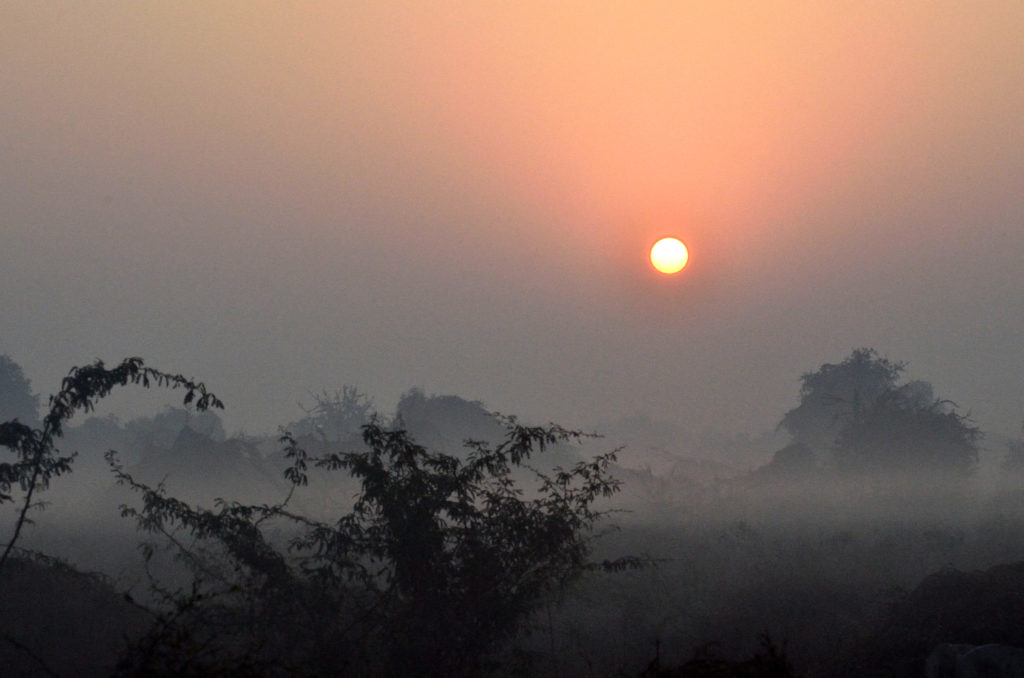
This is also the time when the sanctuary is visited by other types of visitors like scores of photographers- both professionals and amateurs alike, ornithologists, researchers, or just curious travelers who visit the park just for few hours. Every winter this 29 sq Km sanctuary becomes a playground for both birds and these birders! One can hear a mix of sounds coming from birds and the sound of opening and closing of the shutters in continuous mode of all kinds of cameras these birders use.
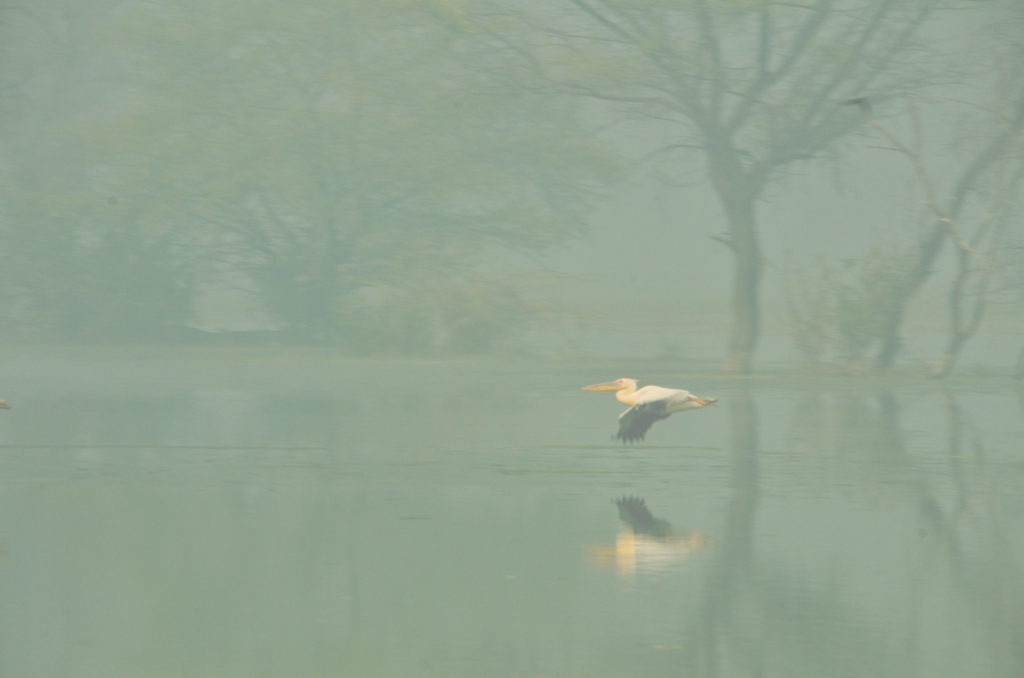
Keoladeo Ghana National Park is a man-made wetland and built when the King of Bharatpur Raja Surajmal constructed a dam at the confluence of Gambhir and Banganga rivers to protect his kingdom from annual floods between 1726 to 1763. The resultant natural depression created an area made up of dry grasslands, woodlands, wetlands swamps etc which in turn attracted the birds. Big bird shooting games were arranged by the rulers to please the colonial rulers of the time. It is said that in one shooting alone the then Viceroy Lord Linlithgow killed more than 4200 mallards and teals. A record of all such killings is documented at a stone pillar inside the park. Well, the killings have stopped long back and in the year 1982, the sanctuary was declared as a National park by the government. It got World Heritage Site status in the year 1985 for its sheer diversity.
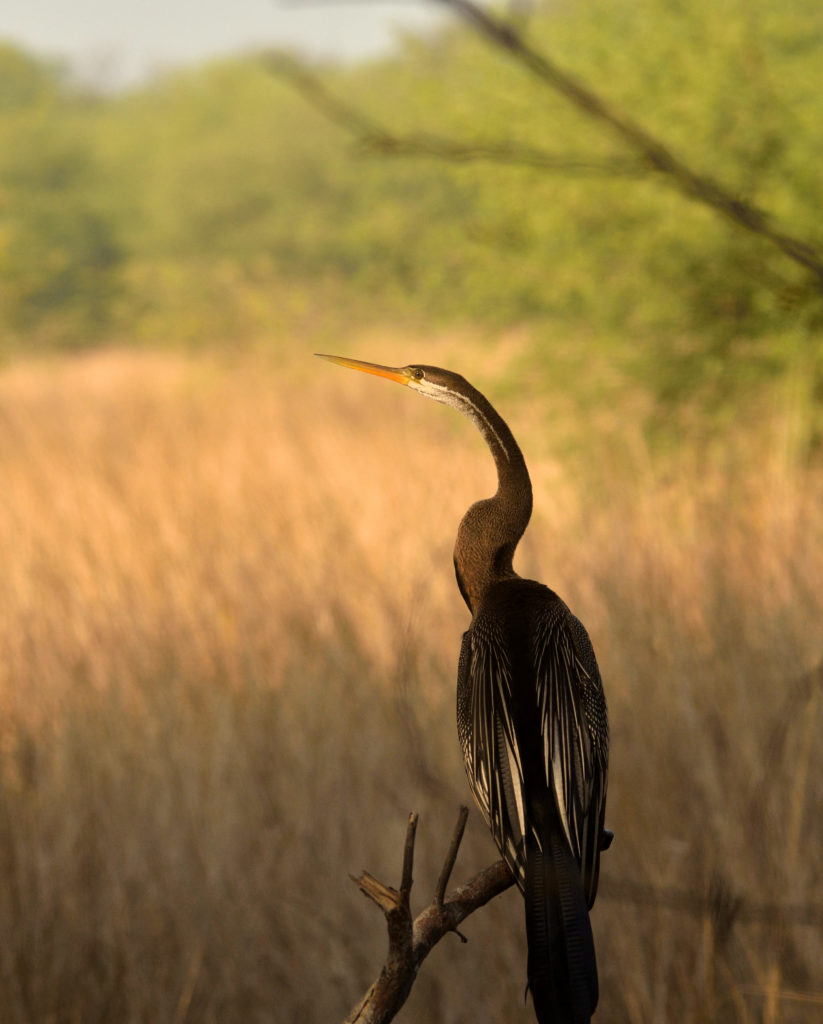
The park got its name from the Keoladeo temple dedicated to Lord Shiva situated inside the park boundary. Today the park is home to approximately 366 bird species, 379 floral species, 50 species of fish, 13 species of snakes, 5 species of lizards, 7 amphibian species, 7 turtle species, and a variety of other invertebrates.
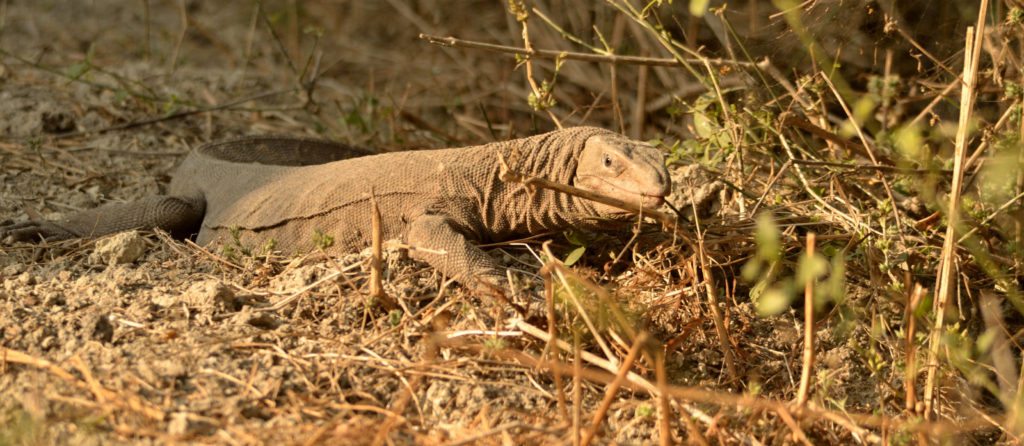
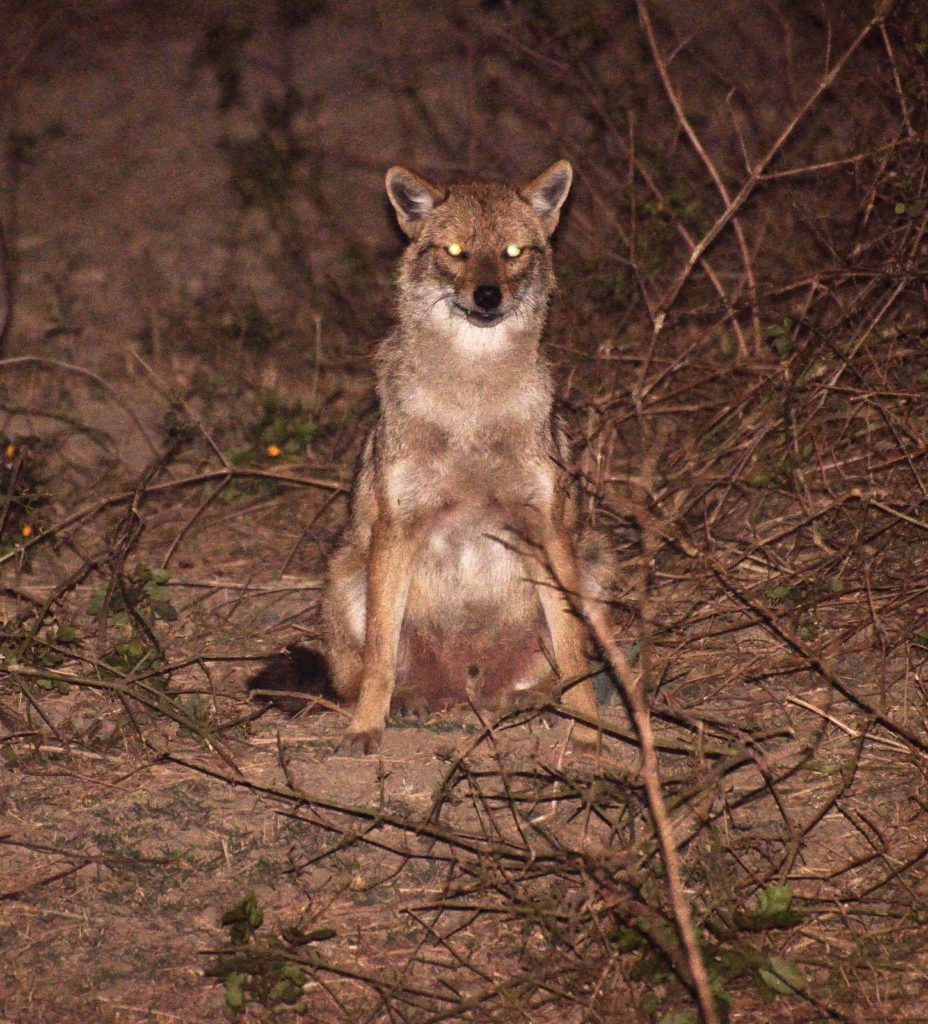
The story of Bharatpur cannot be completed if nothing is said for the rickshawalahs. These people pull the rickshaws, a three-wheeled cycle suitable for carrying one or two persons and can be hired on an hourly basis. These slow-paced, noise-free carts or rickshaws are most suitable for travelers and birders with all his equipment inside the park. Unlike the tiger safaris, here it is safe to hire a bicycle or just by walk. Most bigger animals here are herbivorous! Coming back to rickshawalahs, they are mandatorily trained by the forest department before getting the license and they are good at spotting and describing birds. They understand the park better than anyone else. Don’t be shy to ask them, they are good.
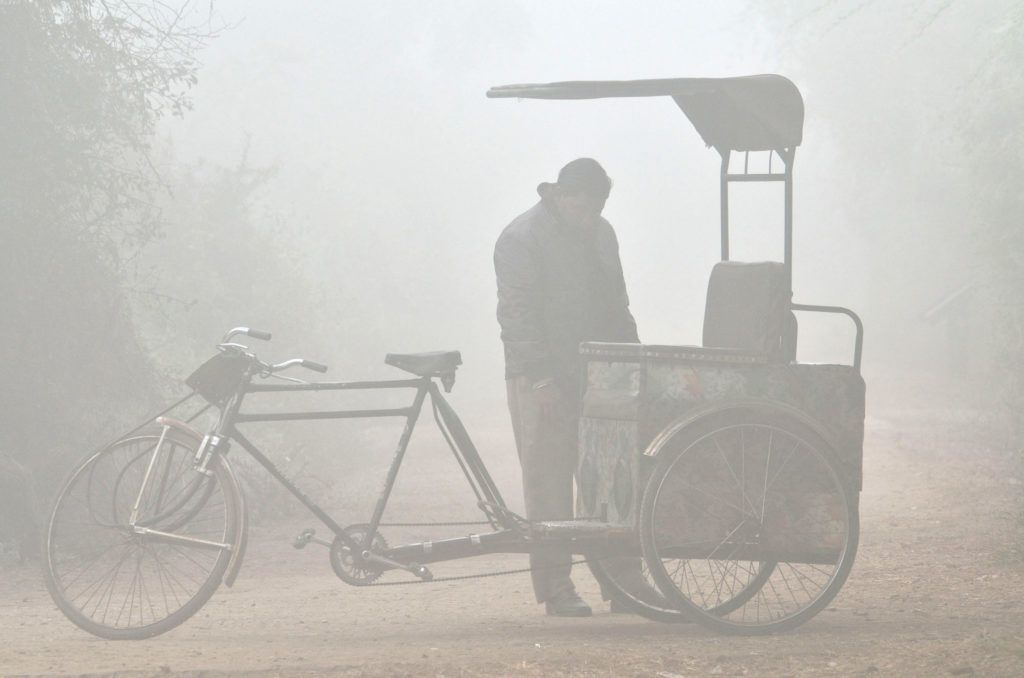
My visit to the sanctuary lasted for three and a half days. My routine used to start by getting inside the park by 07.30 am with packed lunch from the hotel in the morning and coming out of the park well after sunset. In between the whole day would be spent with my camera and lenses, sometimes clicking, sometimes just observing birds and fellow travelers and photographers or some time interacting with Singh Ji, the rickshawalah.
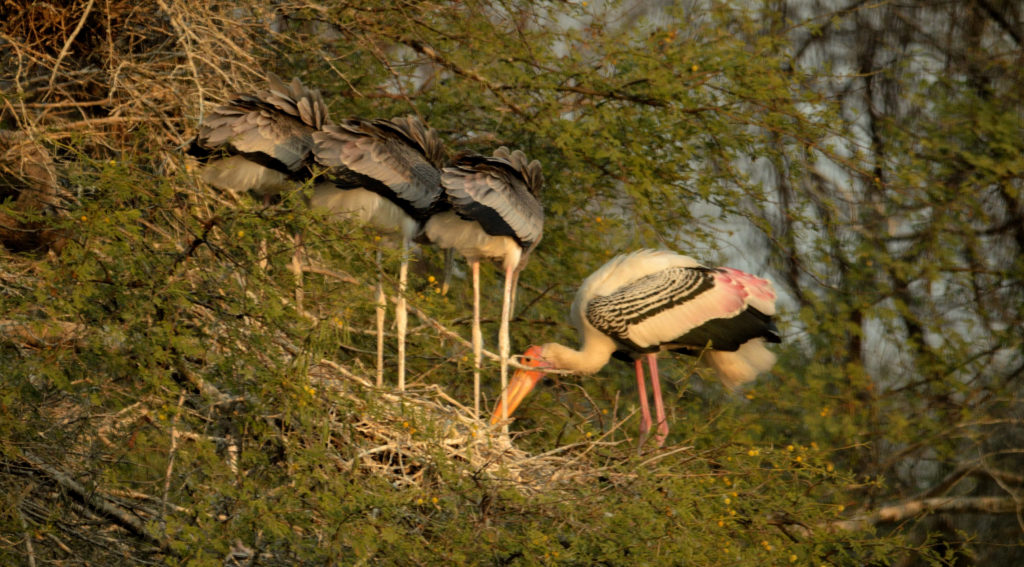
In all, I used up 40 GB of memory card space clicking birds, antelopes, foxes and pythons. Of course, all photos were not good but holding my 500 mm telephoto lens all day long was never been this pleasant before. Is it tiring? Yes, if you are not interested in birds! For bird lovers it truly a paradise!
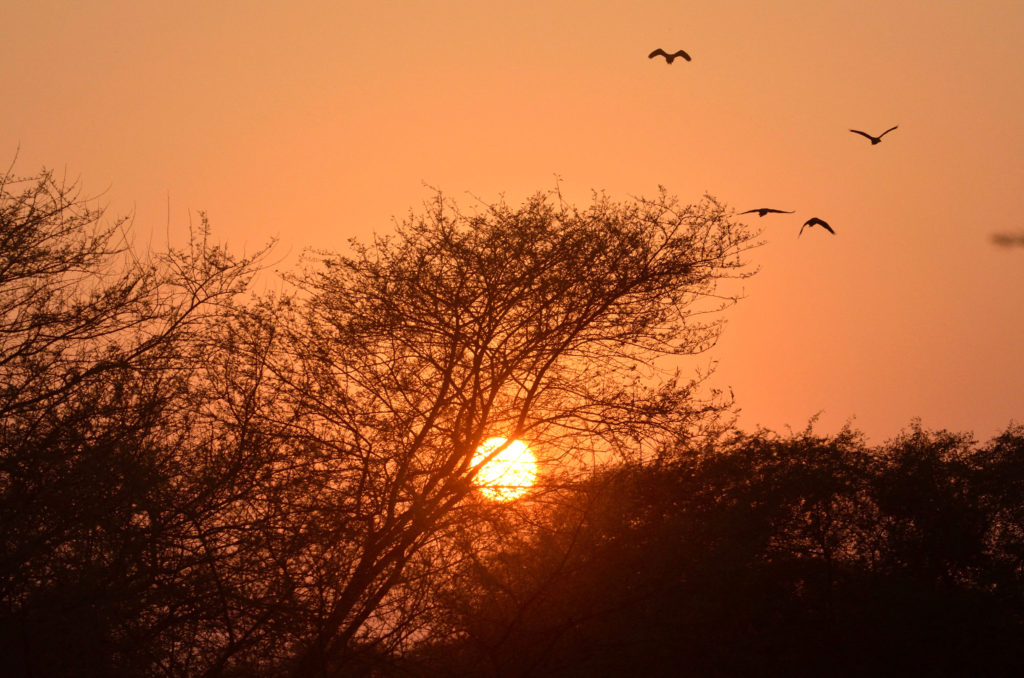
Getting there-
By Air- Agra is the nearest Airport and is 60 km.
By Rail– Bharatpur falls in the Mathura- Kota Section of Delhi -Mumbai main line, 167 km from Delhi and 53 km from Agra. All express trains stop there. The train journey is probably the best and cheapest option.
By Road- Bharatpur is 54 km from Agra and 220 km from Delhi. One of the roads to Bharatpur goes via Fatehpur Sikri, the erstwhile capital of Emperor Akbar.
Stay and food-
There are many hotels/resorts near the national park which is outside the city. These hotels/resorts are very good and convenient. Most hotels near the park provide good food to their customers. There are hotels in the city also. Pre-booking hotels situated near the park is a must to avoid peak season hassles.
NB- I stayed in Hotel Sunbird which is just 5o meters walking distance from the entrance of the Park and was very satisfied with the stay and food provided by the hotel. They even provided packed lunch during my excursions/safaris inside the park.
Best time to visit- The Park remains open from 6 am to 6 pm, throughout the year. Summers are very hot so it’s only after monsoon one can visit the park with some ease. The migratory birds like Siberian cranes, Pelicans etc start arriving mostly by mid-December. It is very cold during the winter. Most visitors to the park visit during the winter months, from December to February.
Transportation inside the park- One can hire a rickshaw or bicycle on an hourly basis to visit the park for Rs. 100 per hour (negotiable a bit). One can also go by walk inside the park. Private vehicles are allowed only up to Shanti Kuthir, 1.7 km from the entrance.
Entry Fees- For Indian Nationals- Rs. 50 and for Foreign Nationals- Rs.400. One can hire recognized guides for Rs.200 per hour but it is not mandatory.
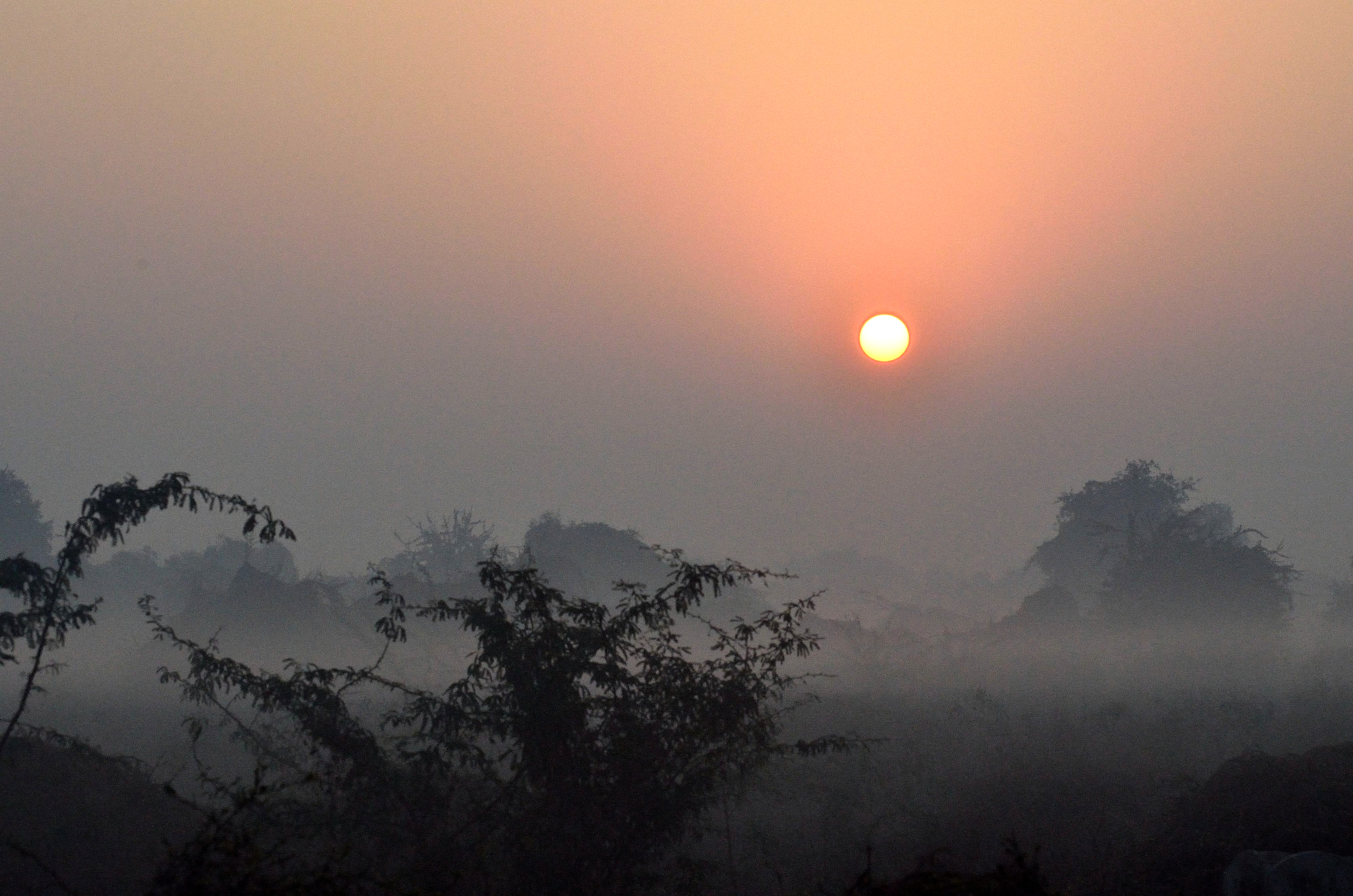
Great Post! I really enjoyed a lot, I have experienced this place on my last trip with my friends. You’re absolutely perfect that it’s an amazing place and worth visiting. If you wanna also Write for us travel website Don’t worry Just travel.
Glad you like the post.Thank you very much for your comment.
Looks like you had a great time! It’s always refreshing to visit wildlife sanctuaries. I recently visited Dudhwa national park and Suhelwa wildlife in UP. It was a fabulous experience.
Thanks Renuka for your comment. yes, it was great three days there, full of surprises.
I love to explore the natural beauty like parks, gardens and zoo my nearby when i got some time. I love to extend my knowledge for beauty of nature and its species. By reading you experience i learned a lot. I making my list of traveling of my winter vacation and now bharatpur bird sanctuary in my list. Thanks to you.
Glad to know that you liked the post.Thank you.
Amazing post.Thanks for the post.Keep sharing.
Glad you like it.
I need to to thank you for this wonderful read!! I definitely loved every little bit of it.
I’ve got you book-marked to look at new things
you post…
Beautifully captured in pictures and words.
Thank you for commenting.
Amazing photos
Thanks.